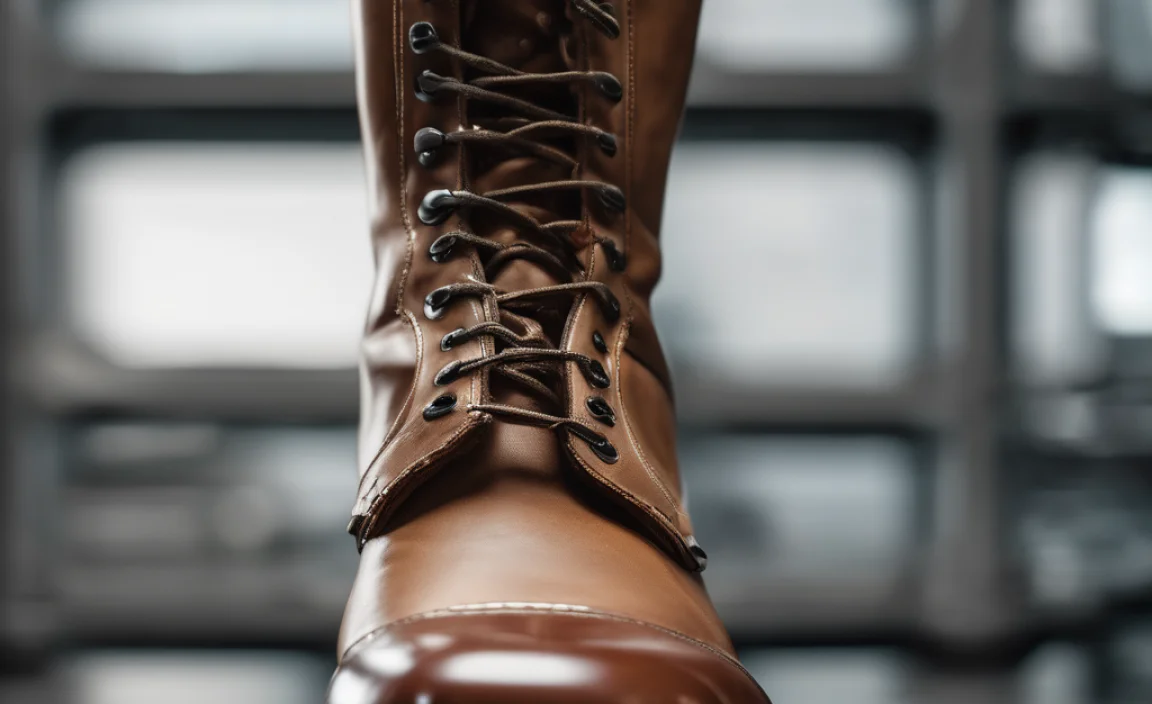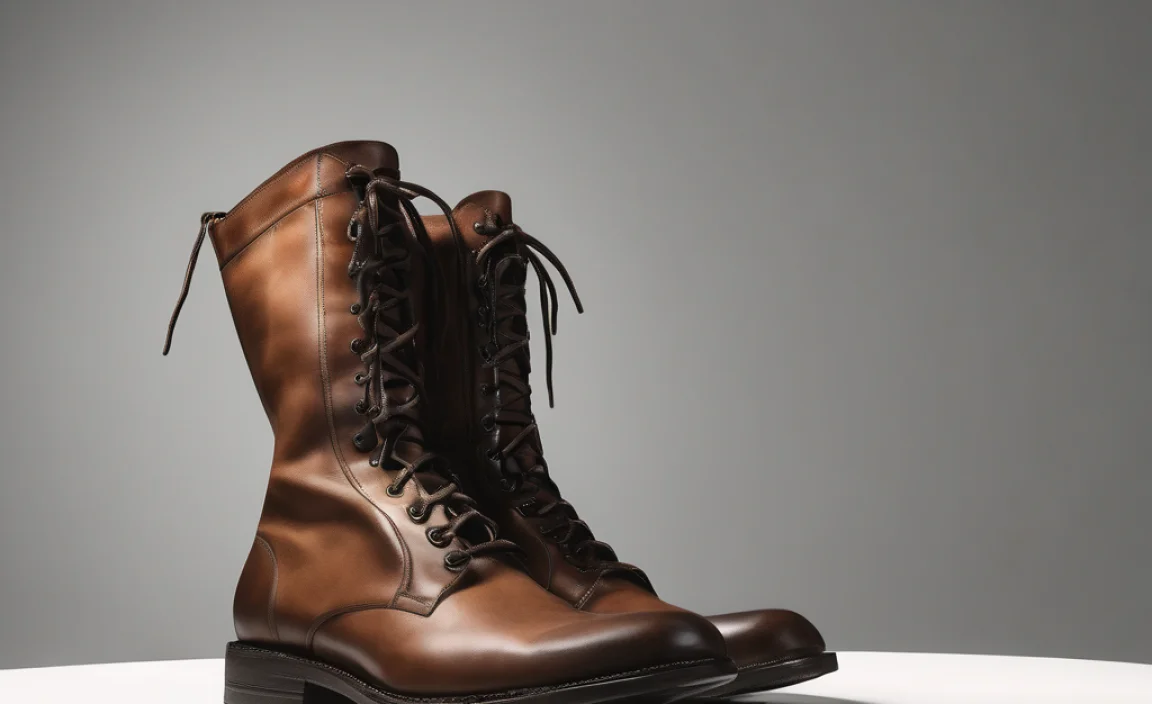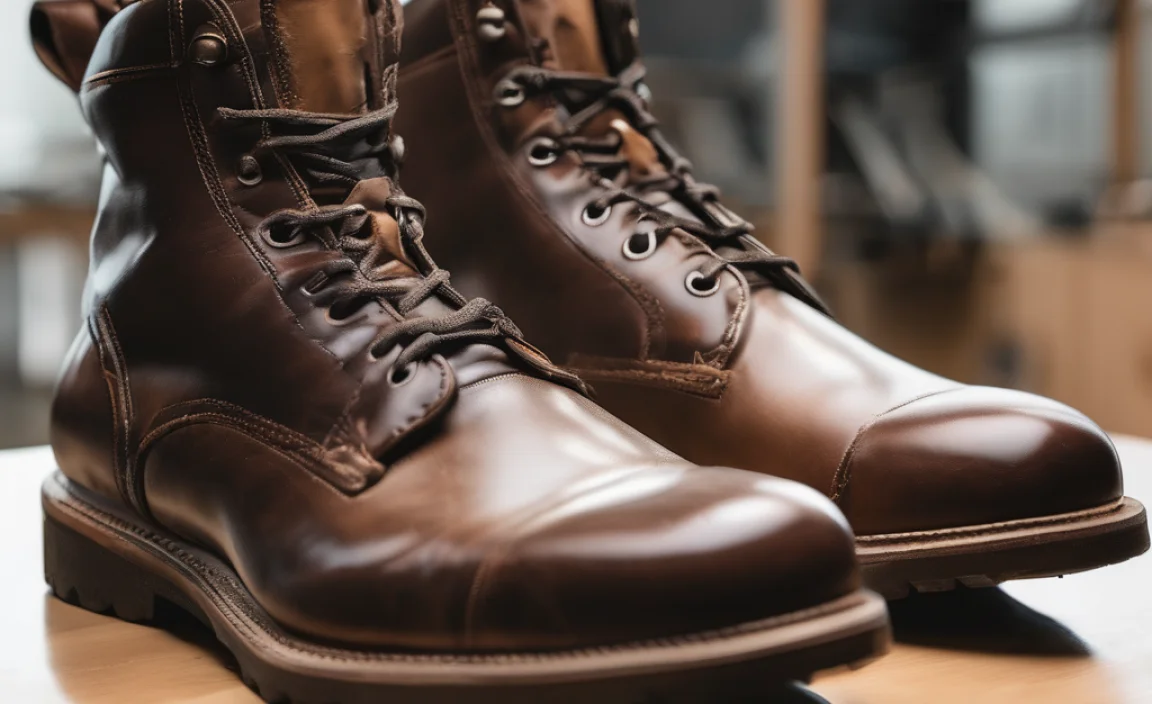GLA-Class boot capacity varies by model year and specific configuration, but generally ranges from around 421 liters to 433 liters with the rear seats up. Folding the seats significantly increases this space, often doubling it. Our guide breaks down what this means for your everyday needs.
Hey there, fellow Mercedes-Benz enthusiasts! Charlie Joyce here. Ever found yourself staring at your GLA-Class boot, trying to figure out if it’s really enough for that IKEA run, the weekly grocery shop, or even your kids’ sports gear? It’s a common puzzle, and knowing your exact boot capacity can save you a lot of guesswork and potentially some frustrating repacking trips. Don’t worry, we’re about to demystify just how much stuff your GLA can hold, comparing what the numbers mean for real-world use.
We’ll dive into the specifics, look at how different model years might stack up, and help you understand what those liters actually translate to in terms of luggage, groceries, and more. Plus, we’ll touch on simple ways to maximize the space you have. Let’s get your boot packing questions sorted!
Understanding GLA-Class Boot Capacity: What the Numbers Mean

When we talk about boot capacity, we’re referring to the volume of space available for your storage. For the Mercedes-Benz GLA-Class, this is typically measured in liters (L). This measurement gives us a standardized way to compare how much can fit inside. Higher liter numbers mean more space. It’s like comparing different-sized suitcases – a larger suitcase can hold more clothing.
Mercedes-Benz, like most manufacturers, provides these figures based on specific testing standards. These figures are usually quoted for two main configurations:
- With Rear Seats Up: This is the standard capacity you’ll use for everyday items like shopping, a couple of overnight bags, or sports equipment for one or two people.
- With Rear Seats Folded Down: This configuration dramatically increases the available space, turning your GLA into a much more versatile hauler, perfect for larger items like bikes, flat-pack furniture, or a significant amount of luggage for a longer trip.
It’s important to remember that these are standardized measurements. How you pack, the shape of your items, and whether you use flexible bags or rigid boxes can all affect how much you can actually fit. But the official figures give us a solid starting point for comparison.
GLA-Class Boot Capacity: Model Year Breakdown

The GLA-Class has seen a few generations, and with each redesign, Mercedes-Benz often makes subtle (and sometimes not-so-subtle) changes to the vehicle’s dimensions and interior layout, which can impact boot space. While the overall philosophy remains, you might find slight variations between different years and specific trim levels. Let’s look at some common figures:
First Generation GLA (X156) – Roughly 2013-2019
The initial GLA aimed to blend SUV-like qualities with a compact, sporty design. Its boot capacity was considered practical for its class.
- Standard Boot Capacity (Seats Up): Approximately 421 liters.
- Maximum Boot Capacity (Seats Folded): Around 1220 liters.
This was a respectable amount for a premium compact SUV, capable of handling family essentials and weekend getaways. The loading lip was reasonably low, making it easier to place heavier items in. You can find more technical specifications and owner’s manuals for older models on official Mercedes-Benz archives, though direct links can be tricky to maintain.
Second Generation GLA (H247) – Roughly 2020-Present
The current generation GLA was redesigned to be more space-efficient and family-oriented, with a slightly more upright stance. This generation saw an increase in practicality, especially in boot volume.
- Standard Boot Capacity (Seats Up): Approximately 433 liters.
- Maximum Boot Capacity (Seats Folded): Around 1430 liters.
As you can see, the newer H247 generation offers a significant jump in both standard and maximum cargo space. The extra 12 liters might not sound like much, but it can make a difference with irregularly shaped items. The increased height and more usable width contribute to its practicality. For detailed specifications and official brochures on the current generation, the official Mercedes-Benz global website is an excellent resource.
AMG GLA Models
Performance models, like the AMG GLA 35 and 45, often share the same basic body shell as their standard counterparts but can sometimes have slightly different boot capacities due to the inclusion of performance-oriented components or structural bracing. However, in most cases, the difference is negligible and they typically mirror the standard figures for their respective generations.
- AMG GLA (H247 based): Generally around 433 liters (seats up) and 1430 liters (seats folded).
The focus for AMG models is on performance, but Mercedes-Benz strives to maintain practicality. So, while you get exhilarating speed, you don’t have to sacrifice too much everyday usability.
GLA-Class Boot Capacity Comparison Table

To make it even clearer, let’s put these figures side-by-side. This table highlights the practical differences between the two main generations of the GLA-Class, focusing on the core boot capacity figures.
| Feature | First Gen GLA (X156, approx. 2013-2019) | Second Gen GLA (H247, approx. 2020-Present) |
|---|---|---|
| Boot Capacity (Seats Up, Liters) | 421 L | 433 L (+12 L) |
| Boot Capacity (Seats Folded, Liters) | 1220 L | 1430 L (+210 L) |
| Key Difference | Practical for its time. | More spacious, especially with seats down. |
This comparison shows that if you’re looking at newer GLA models, you’re gaining a bit more storage flexibility. The most significant gain is when you need to fold down the rear seats, which is crucial for transporting larger items.
What Does This Capacity Mean in Real Life?

Numbers are great, but what do they translate to when you’re actually trying to pack your car? Let’s break it down:
With Rear Seats Up (Standard Configuration)
The ~421-433 liters of space is generally enough for:
- Weekly Grocery Shopping: You can comfortably fit several standard shopping bags, a couple of large boxes of cereal, milk jugs, and produce without needing to shove things in.
- Carry-On Luggage: Fits two to three standard carry-on suitcases for a short city break.
- Stroller and Diaper Bags: Many compact to mid-sized strollers can fit, along with bags for a day out with a baby or toddler.
- Sports Gear: Think gym bags, racquets, a yoga mat, or hiking boots.
- Golf Clubs: For many golfers, a set of clubs (with the driver possibly angled or removed) can fit, though it might be a tight squeeze depending on the bag.
Mercedes-Benz often designs the boot floor to be relatively flat, and the sides are typically well-shaped, allowing for efficient use of space. Some models might also feature underfloor storage compartments, which are excellent for smaller, essential items you want to keep out of sight, like a first-aid kit or a car emergency kit. You can find information on specific storage solutions and accessories for GLA models on the official Mercedes-Benz accessories page or authorized dealerships.
With Rear Seats Folded Down (Maximum Capacity)
Folding down the seats transforms your GLA-Class. The ~1220-1430 liters of space opens up possibilities for:
- Larger Luggage: You can fit a couple of large suitcases, several medium-sized ones, and a few duffel bags, making it great for family road trips.
- Flat-Pack Furniture: Most standard flat-pack boxes from IKEA or similar stores for shelves, small tables, or chairs will fit.
- Bicycles: Depending on the bike size and whether you can quickly remove the front wheel, you can likely fit one or even two bikes.
- Pet Carriers: Larger pet crates can often be accommodated.
- Home Improvement Supplies: Think bags of soil, lumber (within reason for the vehicle’s class), or even a small appliance like a washing machine (though for larger appliances, a larger vehicle might be better).
The rear seats in modern cars like the GLA-Class usually fold in a 60/40 or 40/20/40 split configuration. This is fantastic because it allows you to carry longer items (like skis or a surfboard) while still having space for a passenger or two in the back. Always check the load floor length and width for specific items you plan to transport.
Maximizing Your GLA-Class Boot Space

Whether you have an older or newer GLA, or even if you just packed it inefficiently last time, here are some tips to get the most out of your boot capacity:
- Pack Smart: Place heavier, bulkier items at the bottom and towards the center of the boot. Use soft bags and duffels where possible, as they can be molded to fill awkward spaces.
- Utilize Compartments: Look for any underfloor storage, side bins, or seat-back pockets to store smaller items and keep your main cargo area clear.
- Fold Seats Strategically: Use the split-folding feature. If you’re carrying a long item, fold down just one section of the rear seats. This allows you to maximize space without sacrificing all passenger capacity.
- Roof Racks/Boxes: For significant extra storage, consider investing in a roof rack system and a roof box. This is ideal for holiday gear, sports equipment, or anything bulky that won’t fit inside. Ensure any roof rack system is approved by Mercedes-Benz for your model.
- Keep it Tidy: A cluttered boot makes it harder to fit things efficiently. Remove unnecessary items regularly.
- Consider Load Floor Height: Be aware of the height of your boot opening and the depth of the boot bay. This is crucial for items like large appliances or tall plants.
Maintaining your vehicle’s interior can also help. A clean boot is easier to pack, and ensuring seat mechanisms are functioning correctly means you can fold them down smoothly every time. For information on car care, you can refer to reputable sources like the National Highway Traffic Safety Administration (NHTSA) for general vehicle safety and maintenance guidelines.
Frequently Asked Questions (FAQ)
Q1: What is the typical boot capacity of a Mercedes-Benz GLA-Class?
The typical boot capacity for a Mercedes-Benz GLA-Class ranges from around 421 liters for older models (X156 generation) to approximately 433 liters for newer models (H247 generation) with the rear seats in place. With the rear seats folded down, this capacity expands significantly, often exceeding 1200 liters and reaching up to around 1430 liters in the latest models.
Q2: Does the boot space differ between petrol and diesel GLA models?
Generally, the boot space figures are very similar between petrol and diesel variants of the same GLA-Class generation. Occasionally, there might be minor differences due to the placement of specific components like the diesel exhaust fluid (AdBlue) tank in diesel models, but these are usually minimal and don’t represent a major change in overall cargo volume.
Q3: Can I increase the boot capacity of my GLA-Class?
While you cannot permanently alter the car’s body to increase boot space, you can maximize it by folding down the rear seats. For significantly more cargo room, especially for long trips or bulky items, you can equip your GLA-Class with approved roof racks and roof boxes. Always ensure these accessories are properly installed and adhere to weight limits.
Q4: How does the GLA-Class boot capacity compare to other compact SUVs?
The GLA-Class offers competitive boot capacity within the premium compact SUV segment. Its figures, especially in the latest H247 generation, are generally on par with or slightly better than many rivals. The focus on a more upright design in newer models has particularly boosted its practicality compared to some competitors that prioritize sleeker, coupe-like profiles.
Q5: Is the boot floor flat in the GLA-Class?
Yes, the boot floor in the GLA-Class is designed to be as flat as possible, especially with the rear seats folded down. This makes it easier to slide heavy or bulky items in and out, and allows for more efficient use of the available space. Most models also feature a false floor that can hide additional storage compartments.
Q6: What is the boot capacity of the Mercedes-AMG GLA?
The Mercedes-AMG GLA models (like the GLA 35 and GLA 45) typically offer boot capacities that are very close to their standard GLA counterparts from the same generation. For the current H247 generation, expect figures around 433 liters with the rear seats up and around 1430 liters with the seats folded down, reflecting a commitment to practicality even in these performance variants.
Conclusion
Navigating the boot capacity of your Mercedes-Benz GLA-Class doesn’t have to be a mystery. Whether you own a first-generation model and appreciate its efficient design or a newer one benefiting from increased space, understanding these figures helps you plan your packing, shopping, and adventures with confidence. The GLA-Class, across its generations, consistently offers a practical and versatile cargo area for its class. From daily errands to weekend getaways, your GLA is designed to accommodate your lifestyle. By packing smart and utilizing all the features, like split-folding seats or even considering roof-mounted solutions for extra gear, you can truly maximize the potential of every journey. Happy packing, and enjoy the drive!